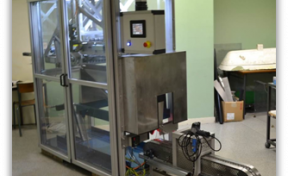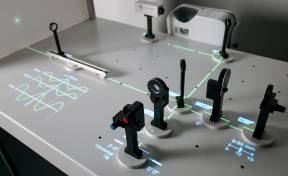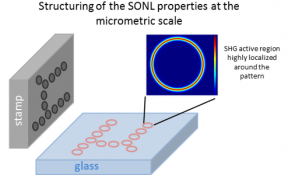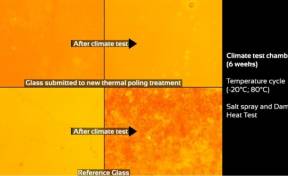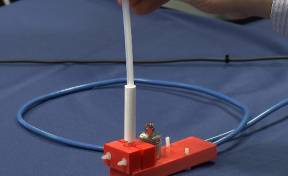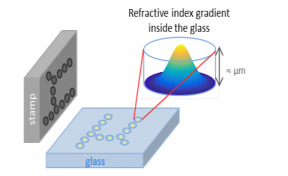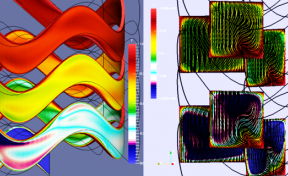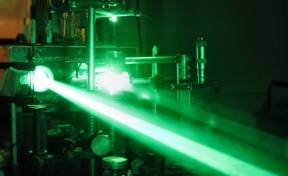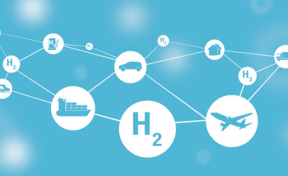
Differential Chirp Spread Spectrum : Improve efficiency of chirp spread spectrum modulation

Domains
Security
Mobility
Digital
Technology Internet of Things
Market challenges
The massive increase in the number of connected objects and their number of users leads to network saturation. Thus, the quantity and size of the data exchanged is more important and causes :
- Frequent problems of interference and collision between data.
- Higher power consumption is required to exchange data
Furthermore, the Doppler effect makes it difficult to exchange data in the application fields of the marine and space environment.
Innovative Sollution
The concept is to transmit the sum of pairs of consecutive symbols instead of directly the symbols carrying the information, in order to improve efficiency in Chirp Spread Spectrum Modulation (CSS).
Applications
-
IoT
-
Automotive communicating radar
-
Submarine communication
-
Satellite communication
Competitives advantages
-
Insensitive to frequency and time synchronization errors.
-
Limited loss of sensitivity compared to traditional CSS modulation.
-
Efficient for capacity increase of chirp spread spectrum modulation
-
Robust against packet collision without extra complexity
DEVELOPMENT STATUS : TRL 6
-
Validation by means of theoretical work, numerical simulation
-
First mockup & experimentation within the submarine acoustic domain (« find » project)
-
Test in progress with a satellite
How it works
It’s an innovative electronic architecture design that improves robustness of chirp spread spectrum modulation for IOT applications: Differential Chirp Spread Spectrum (DCSS).
The concept is to transmit the sum of pairs of consecutive symbols instead of directly the symbols carrying the information. The synchronization errors then can be cancelled, leading to a waveform with better performance in terms of bit error rate when real conditions are met (mobility, blockages, reflexion, high number of devices).
With its robustness to doppler effects, it could be designed either with acoustical systems like submarine pingers or RF systems like LoRa™ transmitters.

Inventors
Developed by Guillaume FERRE - IMS (université de Bordeaus, CNRS, Bordeaux INP)
IP
4 Patents applications
PARTNERSHIPS
Chipset manufacturers to integrate this technology in their products & Industrial partners to develop applications based on this new DCSS modulation.
Contact
Benoît SORE
%62%2e%73%6f%72%65%40%61%73%74%2d%69%6e%6e%6f%76%61%74%69%6f%6e%73%2e%63%6f%6d
+33 (0)6 12 05 01 36


